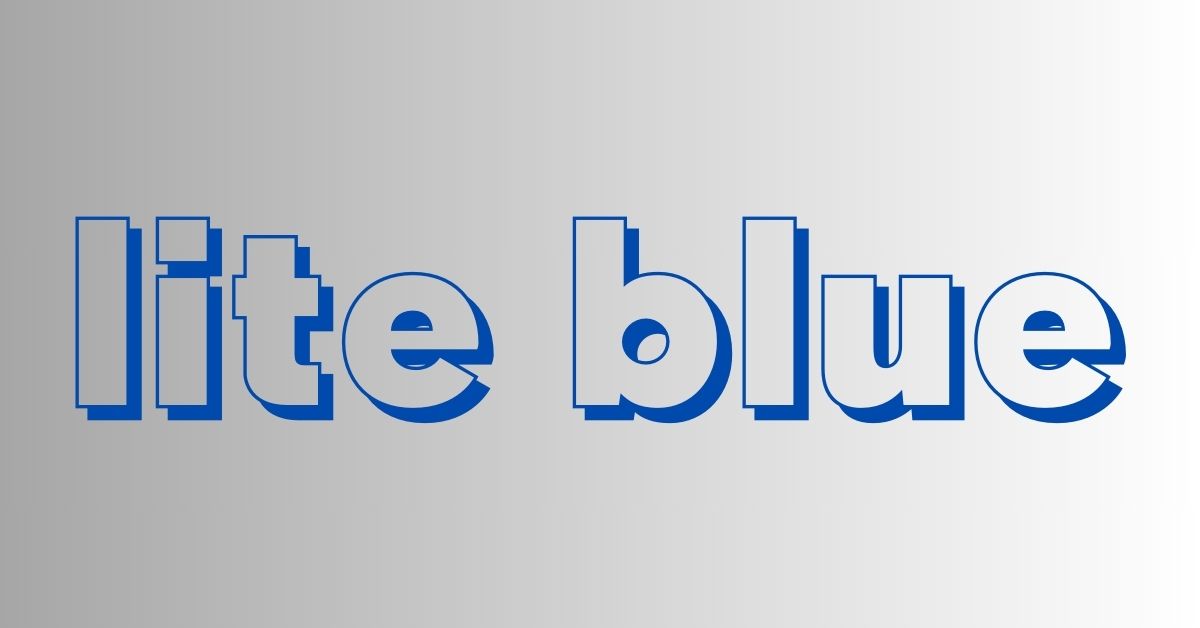Introduction: A Tale of Two Systems
Imagine Maria, an 82-year-old living in a bustling urban neighborhood, juggling multiple chronic conditions like diabetes and heart failure. Maria is one of the 12 million Americans classified as dual-eligible beneficiaries, meaning she qualifies for both Medicare and Medicaid. Her healthcare needs are complex, requiring frequent visits to multiple specialists, a strict medication regimen, and consistent monitoring of her conditions. Yet, despite being covered by both federal and state programs, Maria often finds herself lost in the system—confused by conflicting information, facing delays in care, and dealing with the frustration of navigating two separate insurance programs that don’t always communicate effectively.
For Medicare Advantage (MA) plans, managing beneficiaries like Maria is a challenging but crucial task. These plans must ensure that dual-eligible beneficiaries receive coordinated, high-quality care while also navigating the labyrinth of regulations and financial structures that govern these individuals’ care. Adding to this complexity is the necessity for accurate risk adjustment HCC coding, which directly impacts the plan’s financial stability and the care beneficiaries receive.
The Unique Challenges of Dual-Eligible Beneficiaries
Dual-eligible beneficiaries, like Maria, present unique challenges for Medicare Advantage plans. These individuals often have higher healthcare needs than other beneficiaries, driven by a combination of chronic conditions, disabilities, and social determinants of health (SDOH) such as poverty and lack of access to nutritious food. The complexity of their care is exacerbated by the need to coordinate benefits between Medicare and Medicaid, two programs with different rules, providers, and coverage options.
1. Care Coordination
One of the most significant challenges in managing dual-eligible beneficiaries is coordinating care across the Medicare and Medicaid systems. These beneficiaries frequently see multiple providers who may not communicate with each other, leading to fragmented care. For instance, Maria’s primary care physician under Medicare might not be aware of the treatments her Medicaid-funded home health aide is providing. This lack of coordination can result in duplicated services, medication errors, and ultimately, poorer health outcomes.
To address this, Medicare Advantage plans need robust care coordination strategies that bridge the gap between Medicare and Medicaid services. Effective care coordination not only improves health outcomes but also helps to manage costs by reducing hospital admissions and emergency room visits. It requires a team-based approach, where care managers work closely with providers, beneficiaries, and their families to ensure that all aspects of care are aligned.
2. Regulatory Challenges
Navigating the regulatory landscape for dual-eligible beneficiaries is another significant hurdle for Medicare Advantage plans. These beneficiaries are subject to a complex web of federal and state regulations that dictate how their care must be managed and funded. Compliance with these regulations is essential to avoid penalties and ensure the sustainability of the plan.
The regulatory environment is further complicated by the need to accurately report health statuses through HCC risk adjustment coding. For dual-eligible beneficiaries, accurate coding is particularly challenging due to the high prevalence of chronic conditions and the frequent changes in their health status. Risk adjustment vendors play a critical role in this process by helping Medicare Advantage plans ensure that their coding is accurate, compliant, and reflective of the true cost of care.
3. Financial Considerations
Dual-eligible beneficiaries often have higher healthcare costs due to their complex needs. For Medicare Advantage plans, this means that financial stability hinges on the accuracy of HCC risk adjustment coding. If a plan undercodes a beneficiary’s conditions, it may not receive adequate reimbursement, which can strain resources and limit the quality of care provided.
Conversely, overcoding can lead to audits and penalties, further complicating the financial outlook for the plan. This is where the expertise of risk adjustment vendors becomes invaluable. These vendors provide the tools and insights needed to navigate the complexities of HCC risk adjustment coding, ensuring that Medicare Advantage plans receive the appropriate reimbursement for the care they provide.
Human Impact: The Beneficiary Experience
For dual-eligible beneficiaries, the challenges of navigating two insurance systems can be overwhelming. Individuals like Maria often struggle with understanding their benefits, accessing necessary services, and managing their health. The lack of coordination between Medicare and Medicaid can lead to gaps in care, unnecessary hospitalizations, and frustration for both the beneficiaries and their caregivers.
Effective management of dual-eligible beneficiaries requires a human-centric approach that puts the needs of the individual at the forefront. This involves not only coordinating medical care but also addressing the social determinants of health that often contribute to poorer outcomes in this population. By ensuring that all aspects of a beneficiary’s health and well-being are considered, Medicare Advantage plans can improve the quality of life for their members and build trust within the communities they serve.
Strategies for Success
To effectively manage dual-eligible beneficiaries, Medicare Advantage plans should consider the following strategies:
1. Invest in Care Coordination Technology
Implementing technology that facilitates real-time communication between providers, care managers, and beneficiaries is essential. This technology can help bridge the gap between Medicare and Medicaid services, ensuring that all providers have access to up-to-date information about a beneficiary’s care.
2. Partner with Experienced Risk Adjustment Vendors
Given the complexities of HCC risk adjustment coding for dual-eligible beneficiaries, partnering with experienced risk adjustment vendors is crucial. These vendors can provide the expertise and tools needed to ensure accurate coding, compliance with regulations, and appropriate reimbursement.
3. Focus on the Whole Person
Effective care for dual-eligible beneficiaries requires a holistic approach that considers not only their medical needs but also their social and emotional well-being. Medicare Advantage plans should develop programs that address social determinants of health, such as housing, nutrition, and transportation, to improve overall health outcomes.
Conclusion: Navigating the Path Forward
Managing dual-eligible beneficiaries in Medicare Advantage plans is a complex but essential task. These beneficiaries often have significant healthcare needs that require careful coordination and accurate risk adjustment HCC coding. By leveraging the expertise of risk adjustment vendors and investing in care coordination technology, Medicare Advantage plans can navigate these complexities, ultimately improving care outcomes and ensuring the sustainability of their plans.
As the healthcare landscape continues to evolve, the ability to effectively manage dual-eligible beneficiaries will become increasingly important. For Medicare Advantage plans, the path forward involves a commitment to innovation, collaboration, and a deep understanding of the unique challenges these beneficiaries face. By doing so, they can ensure that individuals like Maria receive the care they need, when they need it, without the confusion and frustration that often comes with navigating two complex insurance systems.












